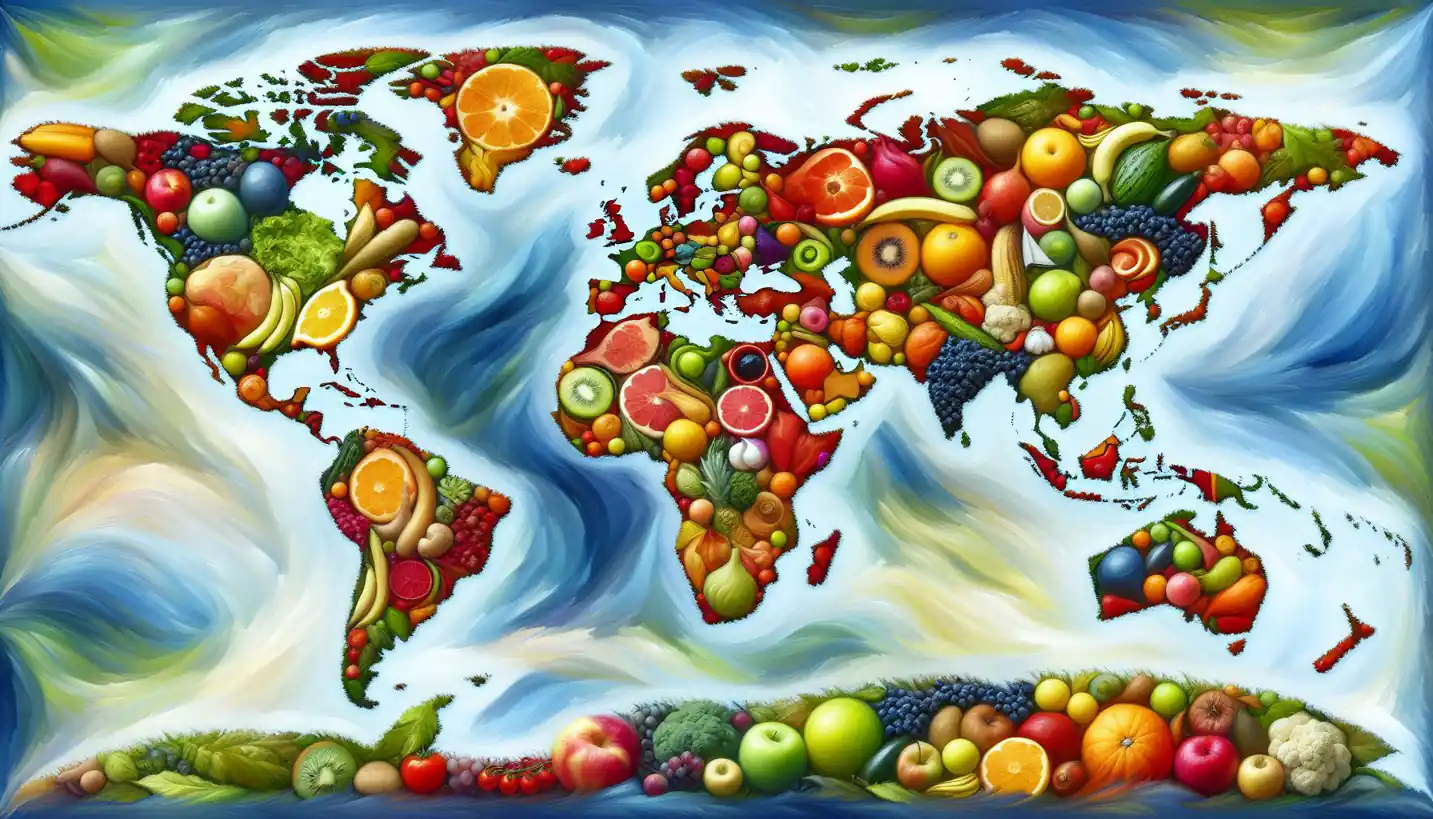· Geography · 5 min read
Infrastructure: The Backbone of Urban Geography and Cities
Infrastructure forms the backbone of thriving cities, supporting their growth, connectivity, and functionality.

When you stroll through a bustling city, it’s easy to be captivated by towering skyscrapers or the latest technological marvels. Yet, lurking beneath this visible layer is something immensely vital: infrastructure. This backbone is what makes modern urban life possible, and exploring it can reveal a lot about the science of urban geography.
Let’s think about infrastructure as the hidden network that keeps a city alive. It consists of roads, bridges, water systems, electricity, and public transit - all the essentials that define urban living. It’s much like a living organism with an intricate system of arteries and veins, ensuring vital resources reach every nook and cranny. Without it, cities wouldn’t flourish; they’d probably still resemble the scattered settlements of ancient times.
The Heartbeat of Cities: Roads and Transportation
Roads are often the first thing that comes to mind when thinking about infrastructure. They connect neighborhoods, cities, and even countries, facilitating the movement of people and goods. In the context of urban geography, roads are like the veins of a city. They can determine the flow of economic activity and even influence social interactions. A well-connected road network can significantly reduce travel time and improve access to jobs, education, and services, expanding a city’s functionality.
Public transportation systems—buses, trains, and subways—are another critical aspect. They help manage urban congestion, reduce pollution, and make cities more accessible. When urban planners design transit routes, they’re not just drawing lines on a map; they’re plotting how a city breathes and moves. Cities like Tokyo and London owe much of their growth and efficiency to robust transit systems, which highlight the deep connection between geography and infrastructure.
Lifelines: Water and Sewer Systems
Have you ever wondered how water reaches your tap or where it goes after you wash your hands? Water and sewer systems are fundamental parts of infrastructure and central themes in urban geography. These systems ensure that cities remain sanitary and livable. They’re the unsung heroes that keep diseases at bay and ensure that basic needs are met.
Early civilizations founded their cities near water sources, but modern engineering allows cities to thrive even where water isn’t abundant. Think of areas like Las Vegas, where intricate water management systems make life possible in the desert. The strategic planning and geographical understanding required here underscore the essential role of infrastructure.
Powering Progress: Electricity and Energy Networks
Electricity powers almost every corner of urban life, from lighting streets to running the metros. The grid system—comprising generation stations, transmission lines, and distribution networks—supplies the vital energy that fuels cities. This network is a testament to human ingenuity, transforming night into day and making bustling 24-hour urban centers a reality.
In urban geography, energy infrastructure is crucial. It’s about more than just keeping the lights on; it involves planning for sustainable energy sources and reducing carbon footprints. Cities worldwide are now investing in renewable energy, reshaping their infrastructures to align with environmental goals. Solar panels on rooftops and wind turbines on city outskirts are becoming common sights, marking a shift towards cleaner, more sustainable urban living.
Communication: The Digital Web
Today’s urban lifestyle thrives on connectivity. Modern cities are not just built of brick and mortar but are also woven with a digital web of communication—fiber optics, satellites, and wireless networks. This communication infrastructure allows for digital interactions, making it a crucial part of urban geography.
Think about how readily accessible information has changed our cities. With internet access, residents can work remotely, access city services online, and even participate in digital governance. This digital layer of infrastructure is profoundly reshaping urban landscapes and connectedness, blurring the traditional boundaries defined by geography.
The Future: Smart Cities and Urban Innovation
What does the future hold for urban infrastructure? Enter the era of smart cities, where technology and infrastructure merge to create efficient, sustainable urban environments. Imagine cities where traffic lights adjust to actual traffic flow, where waste management is automated, and buildings are energy self-sufficient.
Technology is not just an addition; it redefines how infrastructure integrates with urban life. Sensors, data analytics, and IoT devices are turning infrastructure into intelligent networks. For instance, in Singapore, smart sensors monitor everything from traffic conditions to water supply, making it an exemplary model of urban innovation.
Challenges and Opportunities
Infrastructure is not without its challenges. Aging infrastructures, especially in older cities, require massive investments for upgrades. Moreover, infrastructure must be resilient to natural disasters and climate change—a growing concern in urban geography.
Despite these hurdles, investing in infrastructure offers abundant opportunities. It improves quality of life, fosters economic growth, and can lead to sustainable urban environments. For city planners and geographers, the challenge lies in balancing development with sustainability.
The Importance of Infrastructure in Urban Geography
So why does infrastructure matter so much in urban geography? It’s simple: infrastructure is the foundation upon which urbanism is built. It defines how cities function, grow, and evolve. Understanding it enables geographers to assess past developments and predict future trends.
The study of infrastructure connects the past, present, and future of urban spaces. From the ancient aqueducts of Rome to the planned smart grids of tomorrow, infrastructure is a tale of human progress intertwined with geography’s ever-changing landscape. It challenges us to think, innovate, and transform the world around us.
And that’s the fascinating journey of infrastructure—silent, powerful, and the true architect of cities.



